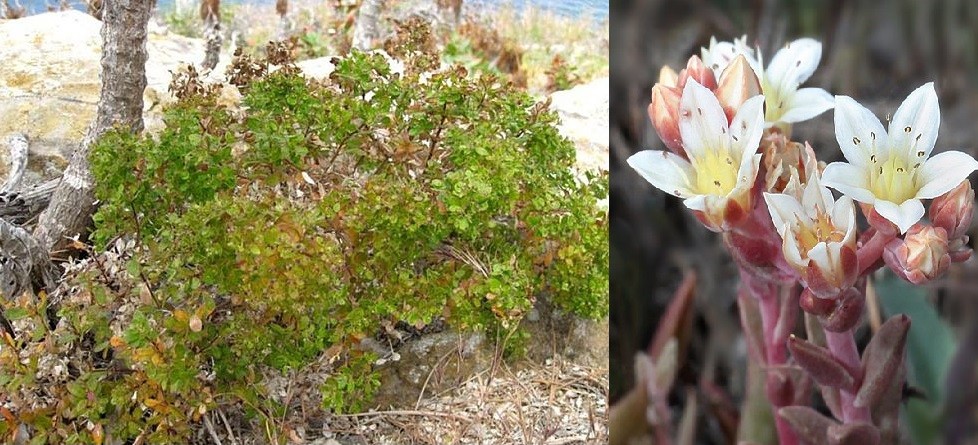
Two plants that live on California’s Channel Islands and nowhere else on earth have reached recovery thanks to Endangered Species Act (ESA) protections.
The Santa Cruz Island dudleya and island bedstraw are now recommended for delisting after the Fish and Wildlife Service restored their population to flourishing levels with the help of partners like the Nature Conservancy.
The ESA is the most successful conservation legislation of any nation, preventing 99% all species listed since 1973—around 291—from going extinct.
In 1997, the Service determined 13 plants on California’s northern Channel Islands needed ESA protections as a result of decades of habitat loss and alteration due to sheep grazing and soil loss caused by rooting of non-native feral pigs.
By 2000, sheep grazing ended, and by 2006, all non-native feral pigs were removed from the islands. In 2000, the Service worked with botanists and land managers to develop a recovery plan to guide recovery efforts for the imperiled plants.
Island bedstraw (Galium buxifolium) is a long-lived woody shrub with small flowers that lives on coastal bluffs, steep rocky slopes, sea-cliffs, and occasionally pine forests, on Santa Cruz and San Miguel islands. At the time of listing, population estimates were in the hundreds. Helicopter surveys from 2017 estimate more than 15,000 individual plants now occur on the islands.
RELATED: 50 Years of Conservation Finally Lifts This Beloved Warbler Off The Endangered Species List
The Santa Cruz Island dudleya (Dudleya nesiotica) also known as the “liveforever” is a flowering succulent perennial that lives on Santa Cruz Island. Scientists say the population has remained relatively stable over the last 25 years, with current estimates around 120,000 individuals.
“The recovery of these island plants is the result of long-term cooperation and conservation efforts by scientists and land managers,” said Paul Souza, director of the U.S. Fish and Wildlife Service’s Pacific Southwest Region. “That’s what the ESA can bring to the table – attention, resources, and incentive for sustained conservation work that produces meaningful results.”
SIMILAR: After Facing Extinction, This Midwestern Bird is Now Soaring Off Endangered Species List
Isolation over thousands of years has gifted these five islands with unique animals and plants found nowhere else on Earth.
SHARE This Story With Your California Friends…



















